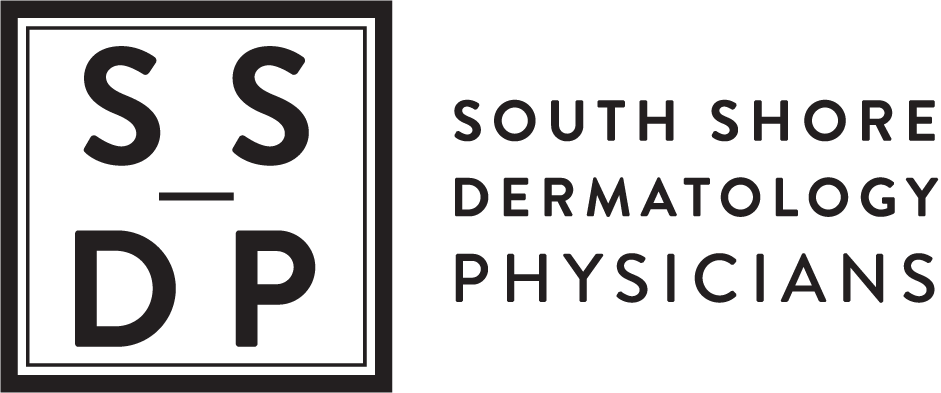What Is Hidradenitis Suppurativa (HS)?
Hidradenitis Suppurativa (HS) is a chronic, painful disorder of the hair follicles. In this condition, hair follicles become clogged and eventually rupture. Although it is not a true autoimmune disorder, it is considered a systemic inflammatory condition with an immune basis. There is no cure at this time, but your board-certified dermatologist can offer ways to help.
Symptoms of HS
HS presents as painful bumps, usually in the armpits, groin/buttock area, and under the breasts, but other areas can also be involved. The lesions are usually deep and painful, similar to severe acne, and can be as few as one to many with significant scarring.
The lesions often open and drain, eventually leaving scars and blackheads. Secondary infections happen often as well. The development of squamous cell skin cancer in the areas of activity can be a late complication, especially in people of color.
The disease is not common and often goes undiagnosed for many years. The chronic nature of the disorder can lead to anxiety and depression. Fortunately, there are support groups and counseling available.
What Causes HS?
The cause of the disorder is not known. It usually presents between puberty and age 40. Influencing factors may include smoking and being overweight. It does run in families but can occur sporadically as well. Females are at higher risk than males and it is more common in people of color. It is not contagious or due to poor hygiene.
Treatment Options
Though there is no cure, treatments are available based on the disease severity, taking side effects into consideration. Pain control is the goal of treating active lesions. No one treatment is universally successful and often multiple ones are tried. Most treatments are not specifically approved for HS and are considered off-label (non-FDA approved).
Options that your dermatologist may recommend include:
Adalimumab, a biological agent that targets immune cells and the only FDA-approved treatment for HS, has been shown to decrease new lesions in HS
Topical antibiotics, such as clindamycin and benzoyl peroxide, for early and mild disease
Local steroid injections into inflamed cysts
Oral antibiotics such as clindamycin, doxycycline, and rifampin
Other off-label options, including vitamin A-like medications, a hormonal approach using birth control pills, and more—Your board-certified dermatologist can fill you in on the latest choices that could help
Treatments usually thought of as cosmetic include:
Laser hair removal
Botox to decrease sweating
Destructive laser treatment
Chemical peels with Resorcinol
Surgical intervention in combination with medical treatments
If discomfort is not responsive to treatment, a pain specialist may be recommended
Additional Options for Increased Comfort
Warm moist compresses may provide comfort. In general, patients should:
Wear loose-fitting clothes
Maintain a healthy weight
Discontinue smoking
Avoid overheating to limit sweating
Avoid shaving involved areas
Research is ongoing with more effective medications on the horizon. With the help of your board-certified dermatologist, disease control and support is available.
Any questions? Consult one of our board-certified dermatologists. Please contact SSDP to schedule an appointment with any of our physicians.




